
Making home a safe haven: Designing age-friendly living
In our later years, the place we call home holds deeper meaning. It’s not just about shelter, it’s about familiarity, independence, and comfort. As part of our mission to spark genuine conversations around healthy ageing, this paper explores how we can support older adults in staying safe, comfortable, and empowered. Read our tips and tricks on home safety.
For many elderly individuals, choosing between moving to a care home or remaining at home is one of life’s most personal and difficult decisions. The good news is that it’s increasingly possible to age safely at home – with the right environment, technology, and support.
A study from AARP, a non-profit organisation that empowers people to choose how they live as they age, reveals that 90% of people aged 65 and older wish to remain in their homes as they age. And it’s no surprise – home is deeply personal. It’s a symbol of autonomy and self, a place of cherished memories and routines. But it also poses physical and psychological challenges, particularly when safety and mobility become concerns.
Why staying at home matters
There are many emotional and practical reasons why older adults prefer to stay at home. Home means independence, it’s where habits are formed and where identity is grounded. For many, relocating can lead to a sense of loss of autonomy, connection, and control. But while the idea of staying home is appealing, the realities can be daunting.
Bodily strength may decline and fear of falling increases. According to research, nearly half of the elderly in the UK and several EU countries report concerns about their ability to look after themselves. Among those aged 76–85, 31% express fear of falling and the consequences of a heavy fall can be serious.
In the UK, 50% of people aged 80 and over experiences a fall at least once a year. Even seemingly minor accidents can lead to hospitalisation or long-term care. According to the US Centres for Disease Controle and Prevention, the CDC, falls remain the leading cause of injury-related death among older Americans. In Sweden alone, fall-related incidents cost over SEK 11.1 billion annually.
So how can we make it safer and more feasible for older adults to live at home?
Supporting the choice to age at home
When older individuals decide to remain in their homes, their families are often deeply affected both emotionally, practically, and financially. Many of them become informal carers. In the UK, 6.5 million people care for a relative, saving the public sector approximately £132 billion annually.
Some families hire live-in carers, but this can be expensive or feel intrusive. Others turn to technology like our digital personal alarms to support wellbeing without compromising independence.
Even for older individuals who are healthy, rapid response in a crisis can be lifesaving. Devices like fall detectors, GPS watches, and 24/7 emergency response services allow them to remain at home while maintaining a crucial safety net.
Practical home adaptations for safer living
Adapting a home doesn’t need to be expensive or invasive. Many modifications can dramatically improve safety, mobility, and comfort. Below are some practical ideas to consider.
Entryways: First impressions matter
- Ensure paths to the home are even and step-free.
- Remove door thresholds to prevent tripping.
- Install good outdoor lighting and handrails.
Bathrooms: The highest-risk room
- Replace bathtubs with roll-in showers with adjustable shower heads.
- Add non-slip floors, grab bars, and elevated toilets.
- Lower sinks and provide knee clearance for seated use.
Bedrooms: Comfort meets safety
- Make sure beds are easily accessible – height matters.
- Ensure there’s enough space for movement or assistive devices.
- Use rocker switches and smart lighting to avoid fumbling in the dark.
Kitchens: Safe and functional
- Lower countertops for seated use and varied height preferences.
- Install wall ovens and microwaves at reachable levels.
- Ensure abundant storage that doesn’t require stretching or bending.
- Provide a well-lit workstation for seated food preparation.
Creating age-friendly communities
Ageing in place doesn’t stop at the front door. Communities must evolve too. From public transport and accessible shops to neighbourhood support networks, making society more age-friendly supports independence and social connection.
We believe technology, design, and care must work hand in hand to support older adults – not just at home, but everywhere.
Looking ahead: Making it possible together
Aging in place is not just about comfort, it’s a fundamental part of dignity and wellbeing. By making thoughtful home modifications, using smart technology, and building supportive communities, we can empower more seniors to live the life they want, in the place they know best.
Last updated: July 25, 2025
Discover more:
- Our fall detector Vibby OAK can provide safety for those with a fall risk
- Read real-life testimonials from people using our products
- Learn more about our personal alarms and GPS alarms
Download whitepaper (original):
How we can make our homes age-friendly
More White papers
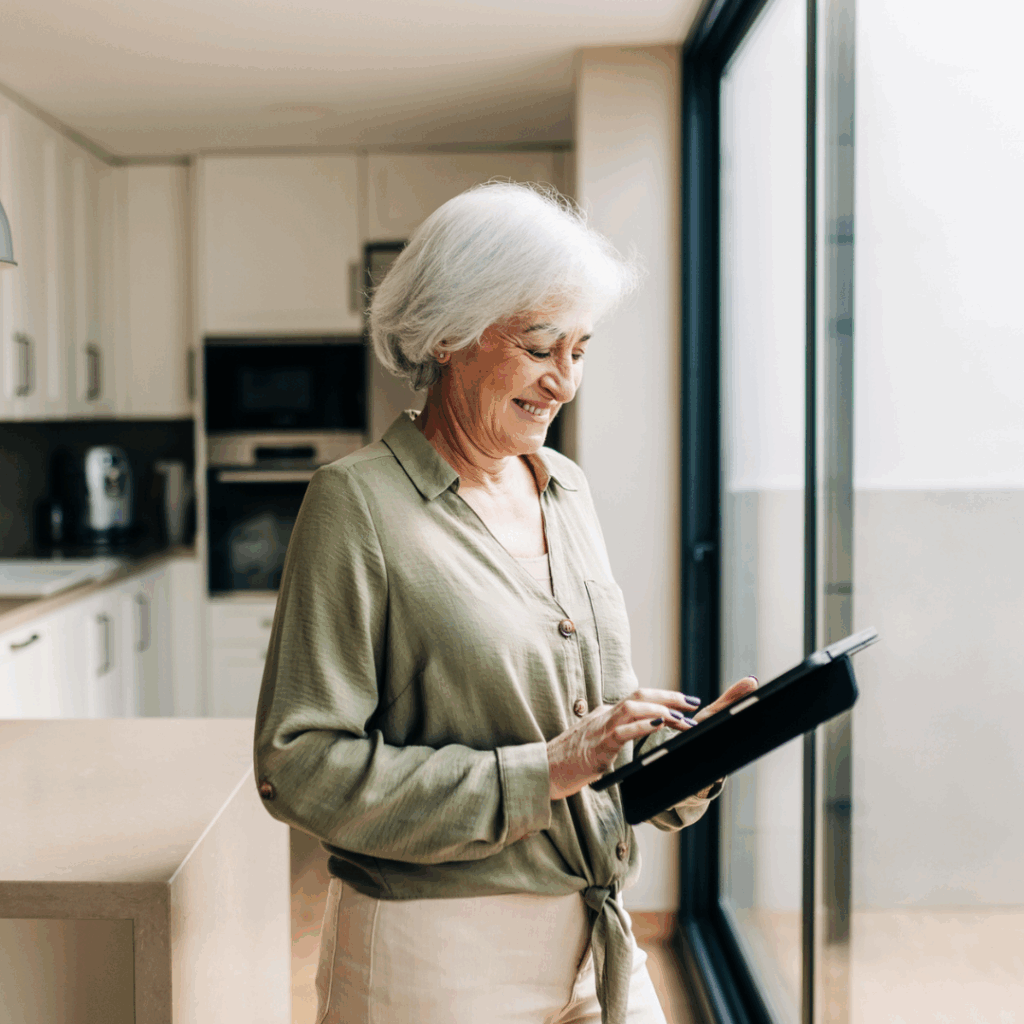
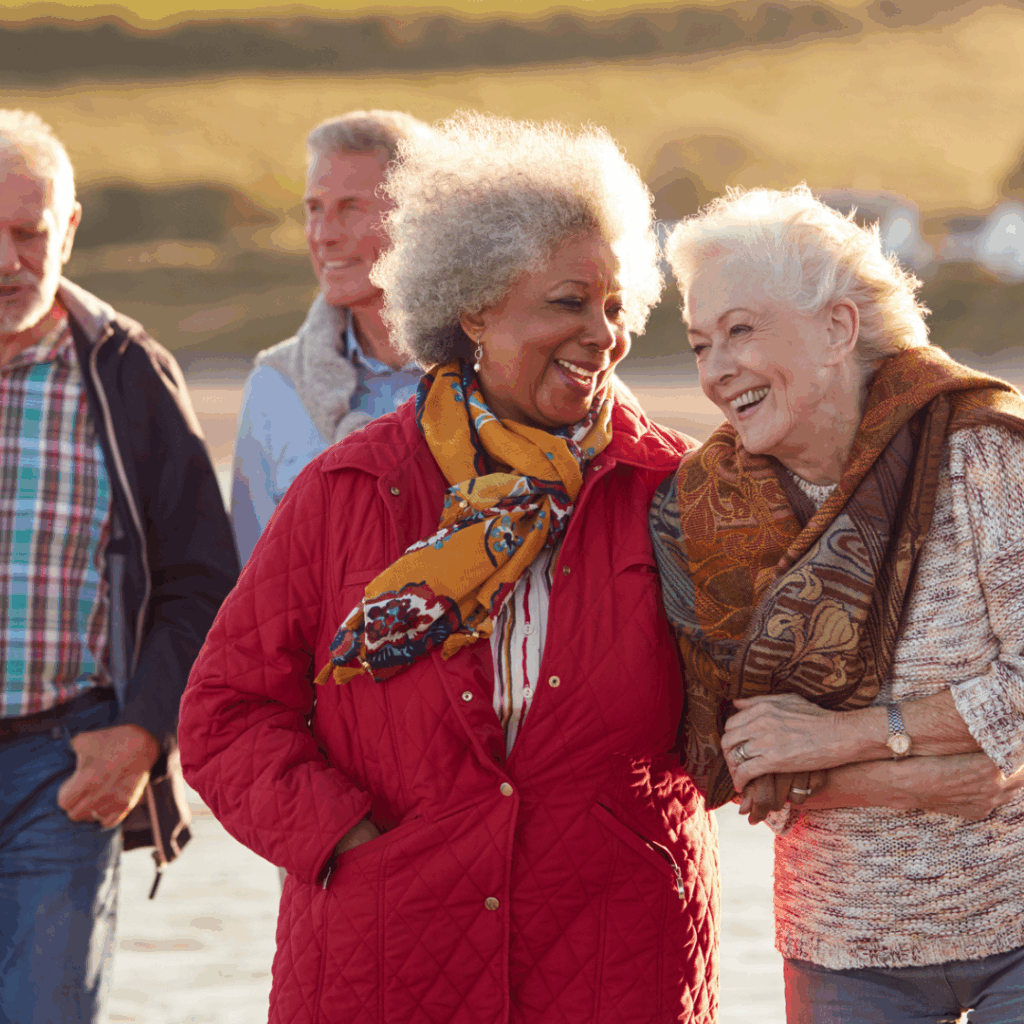
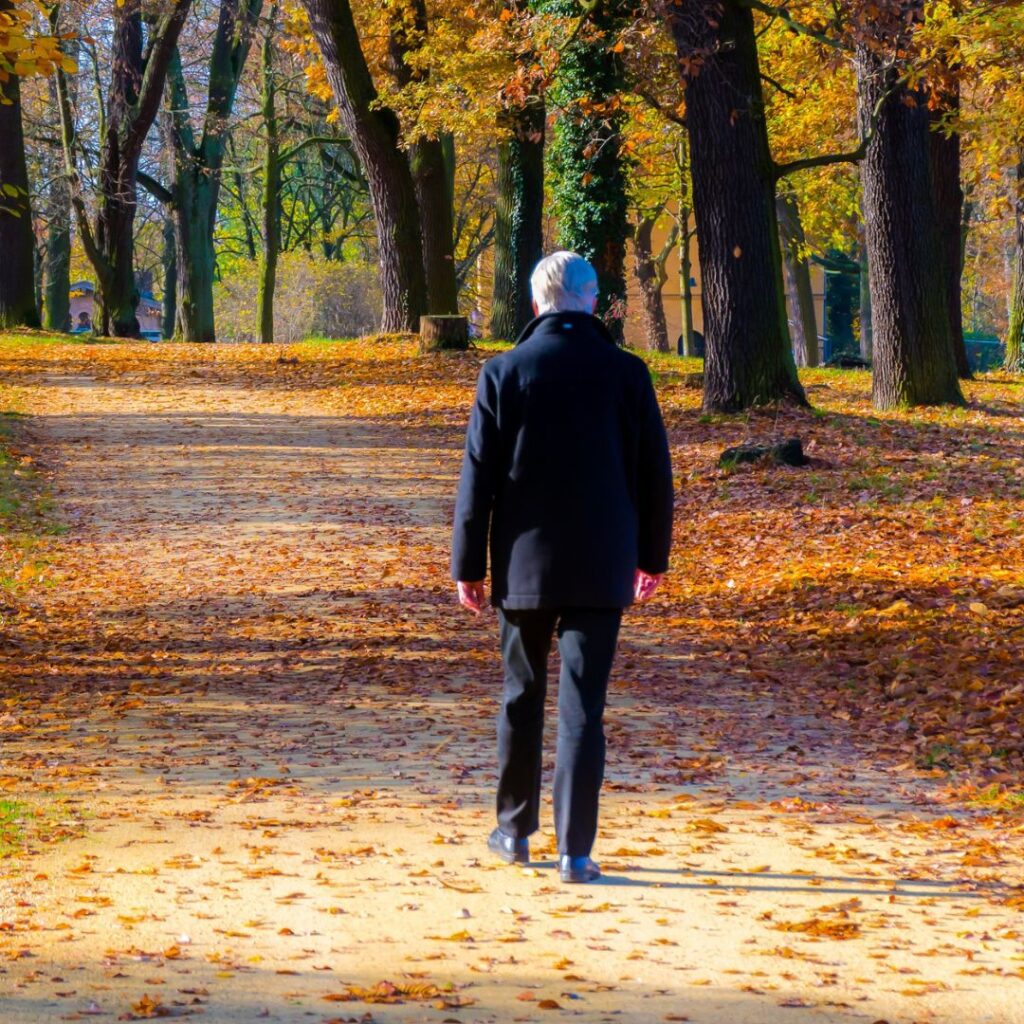
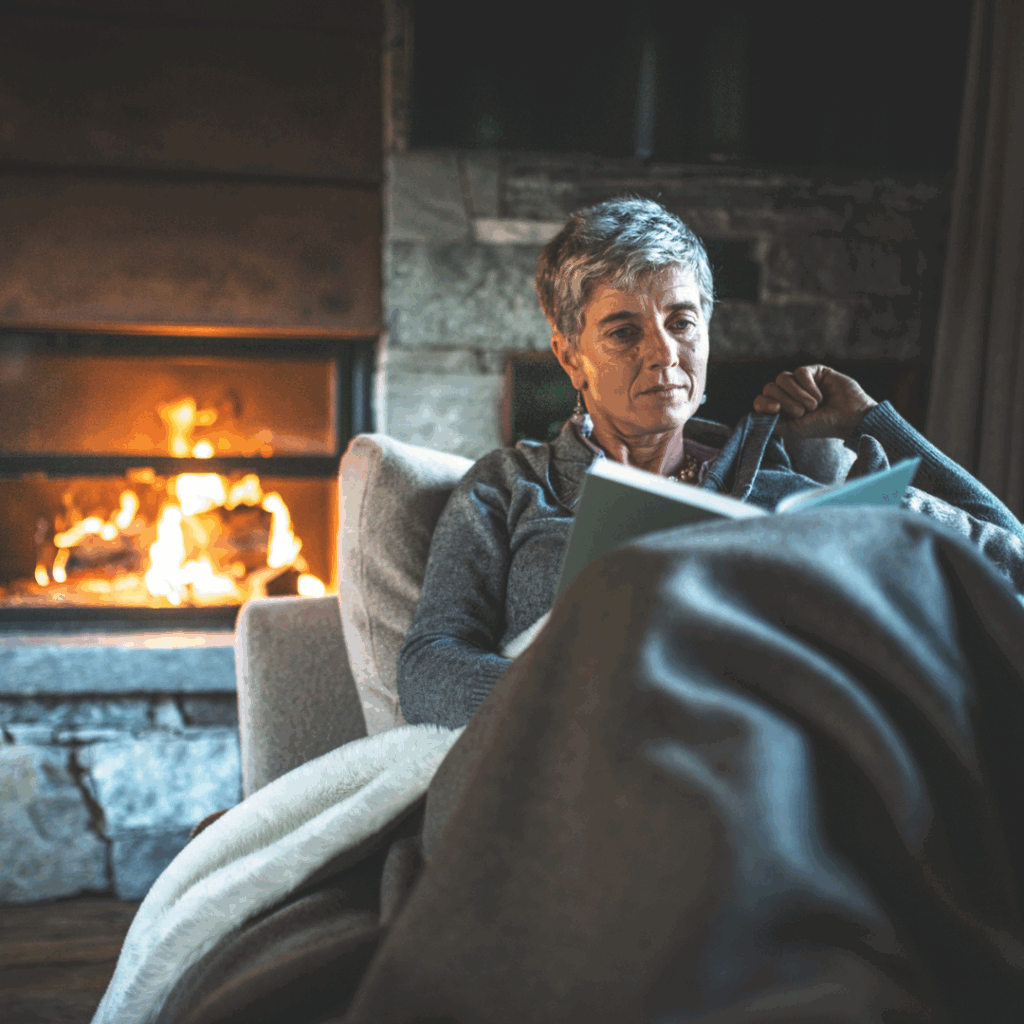

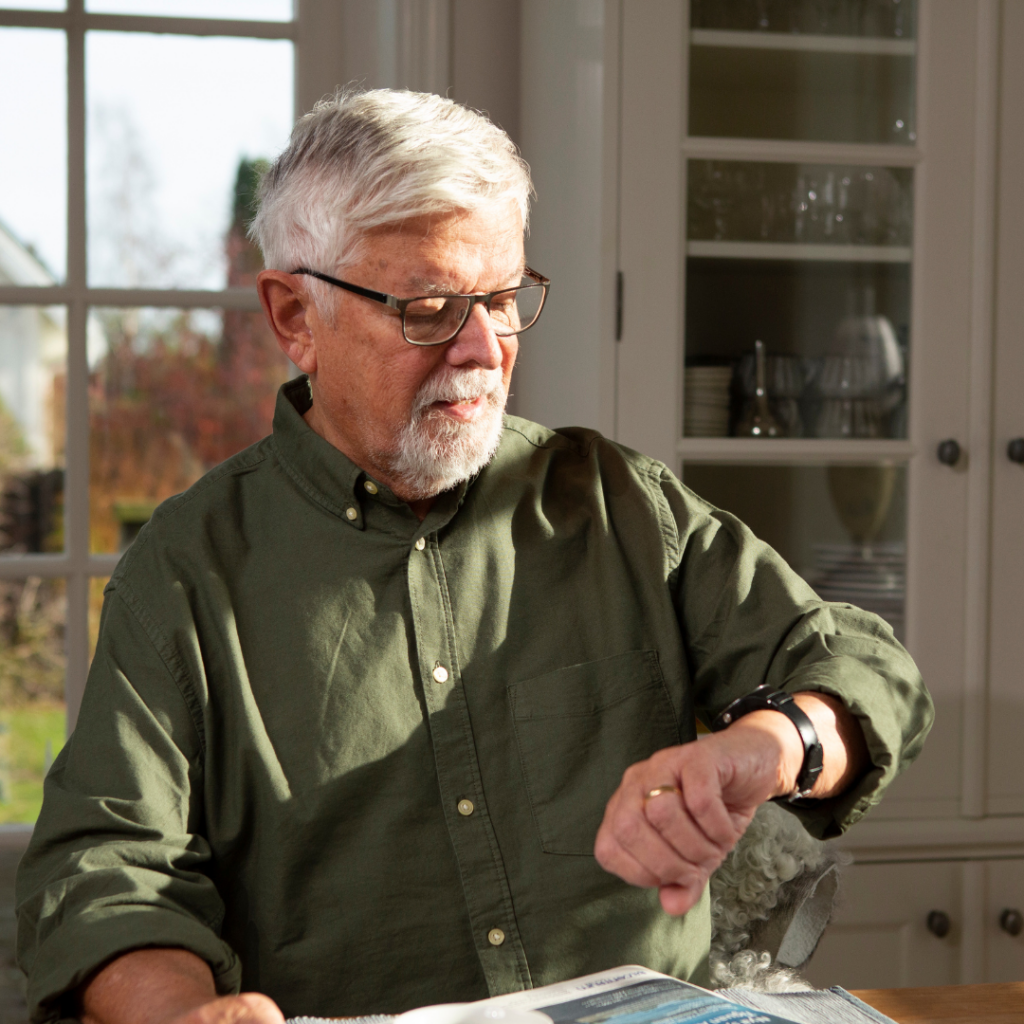
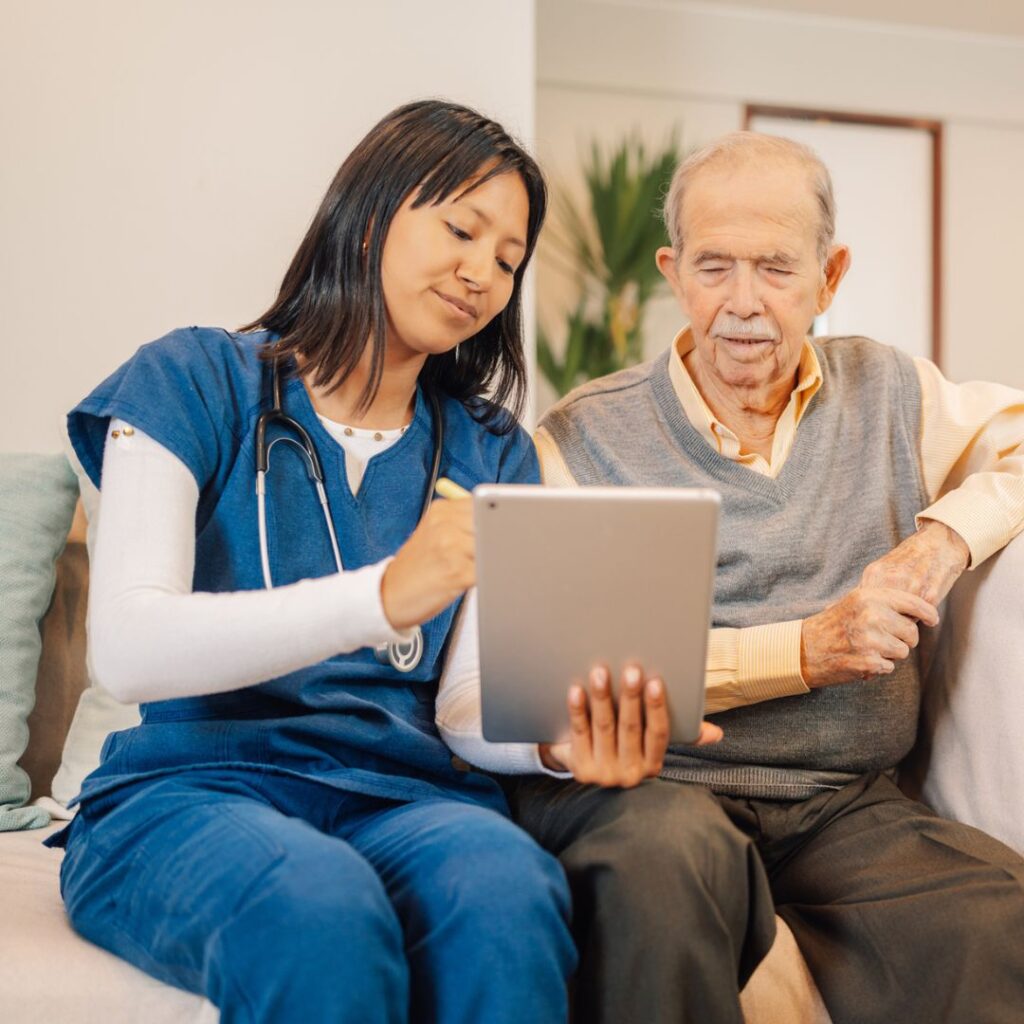

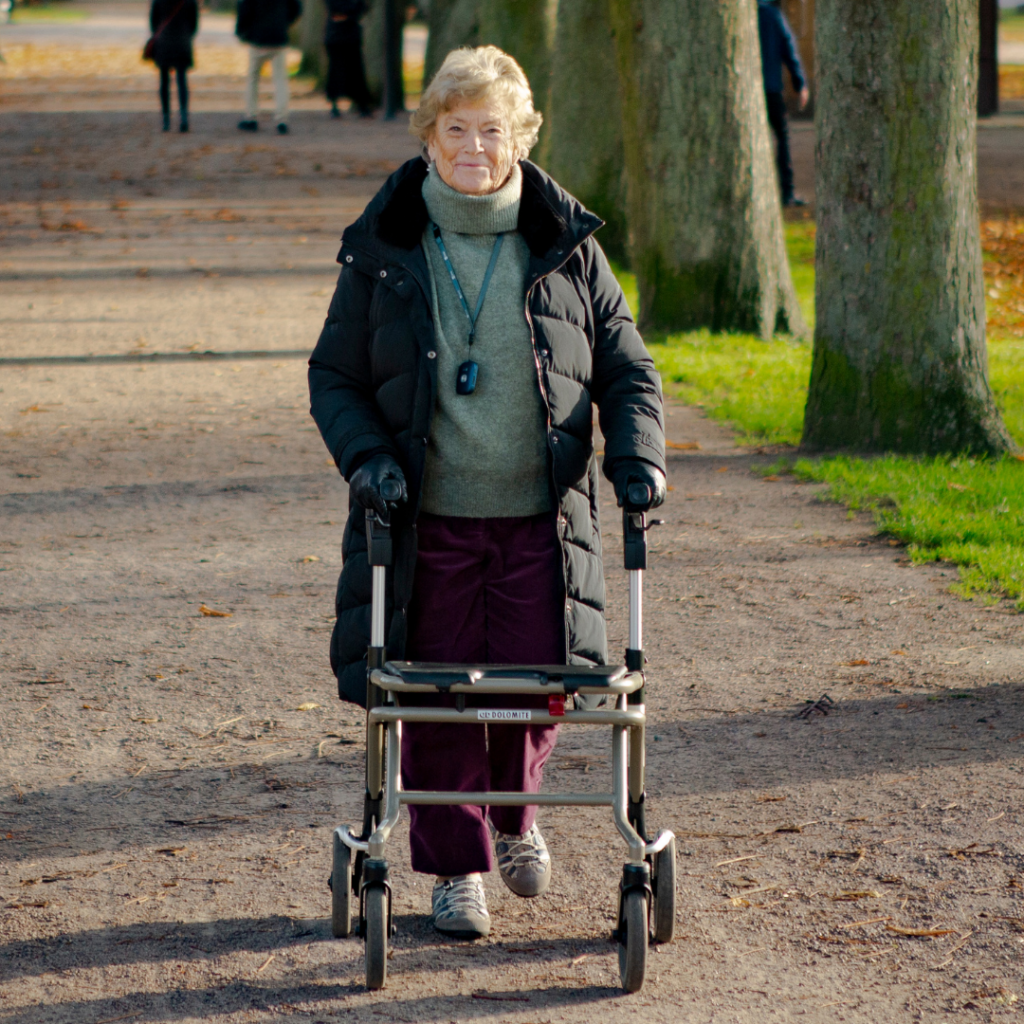
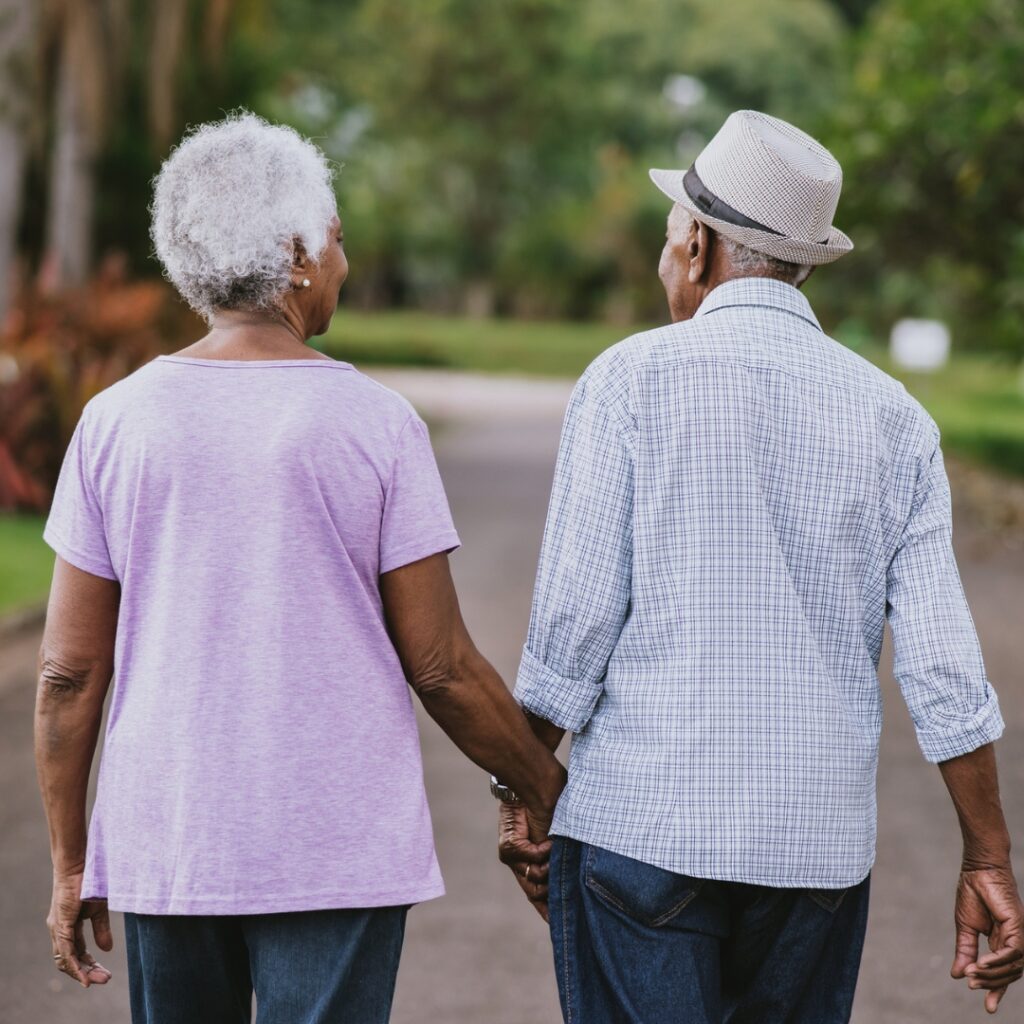

 International
International
 France
France
